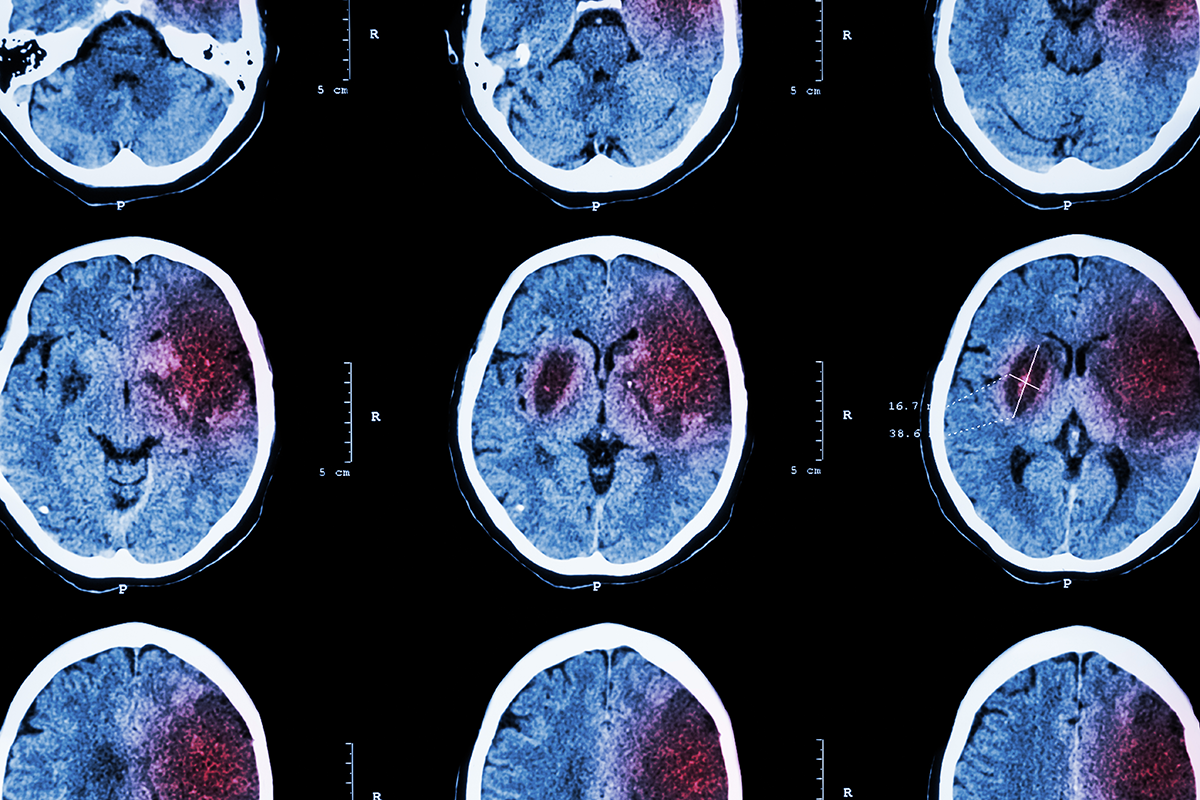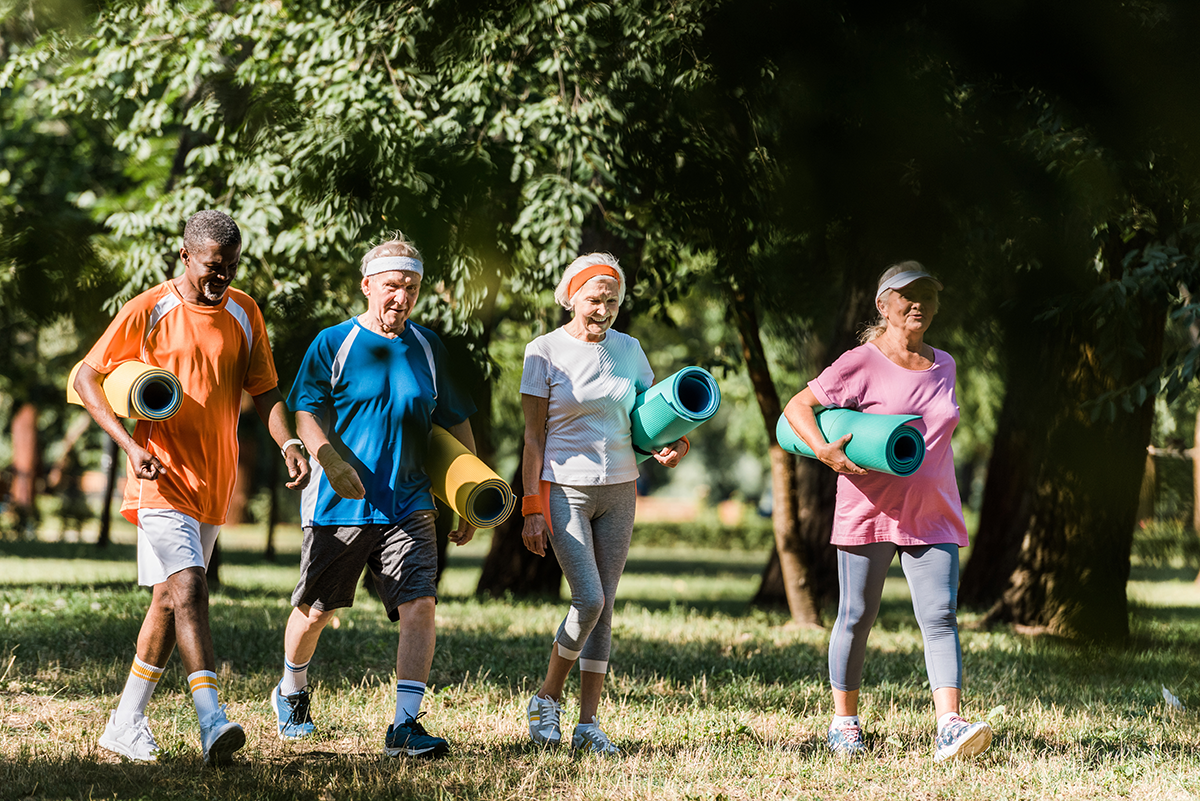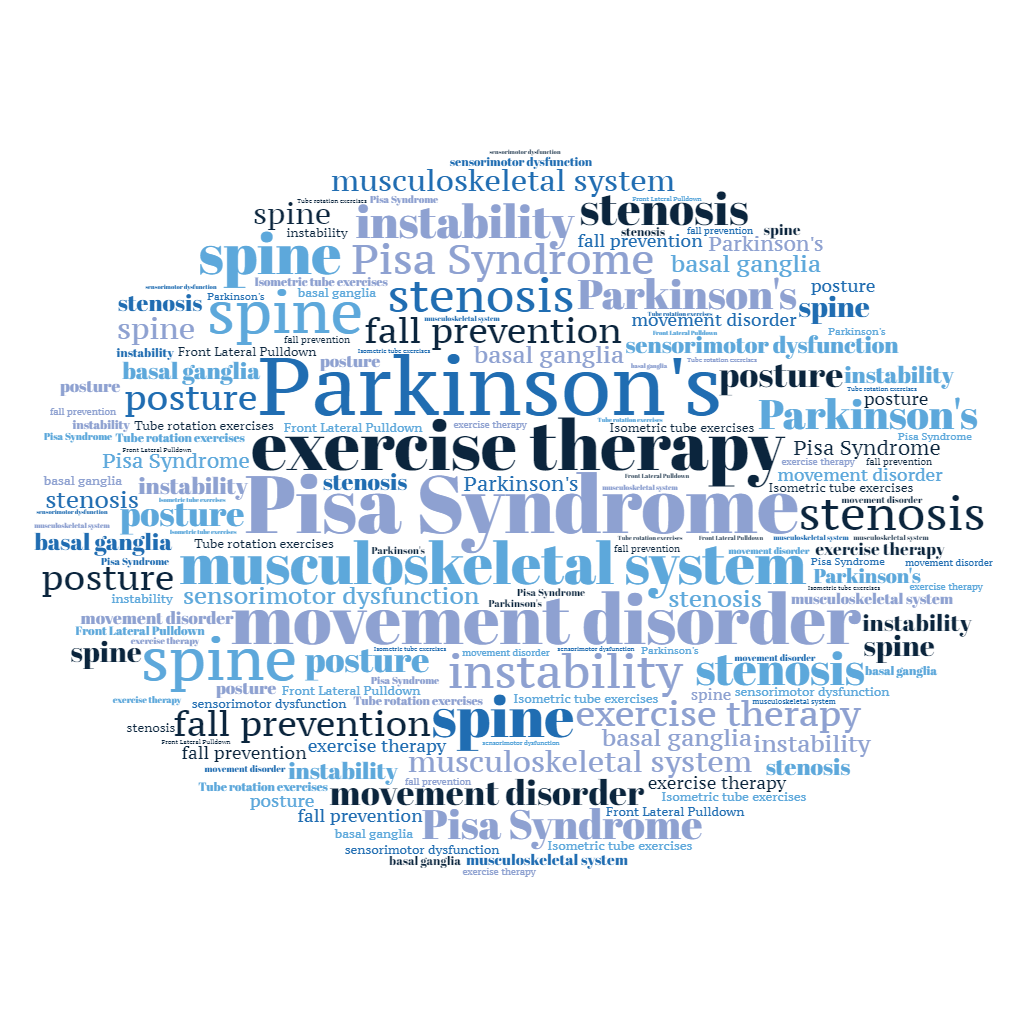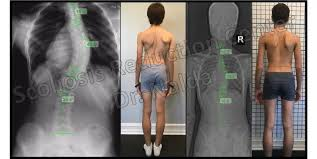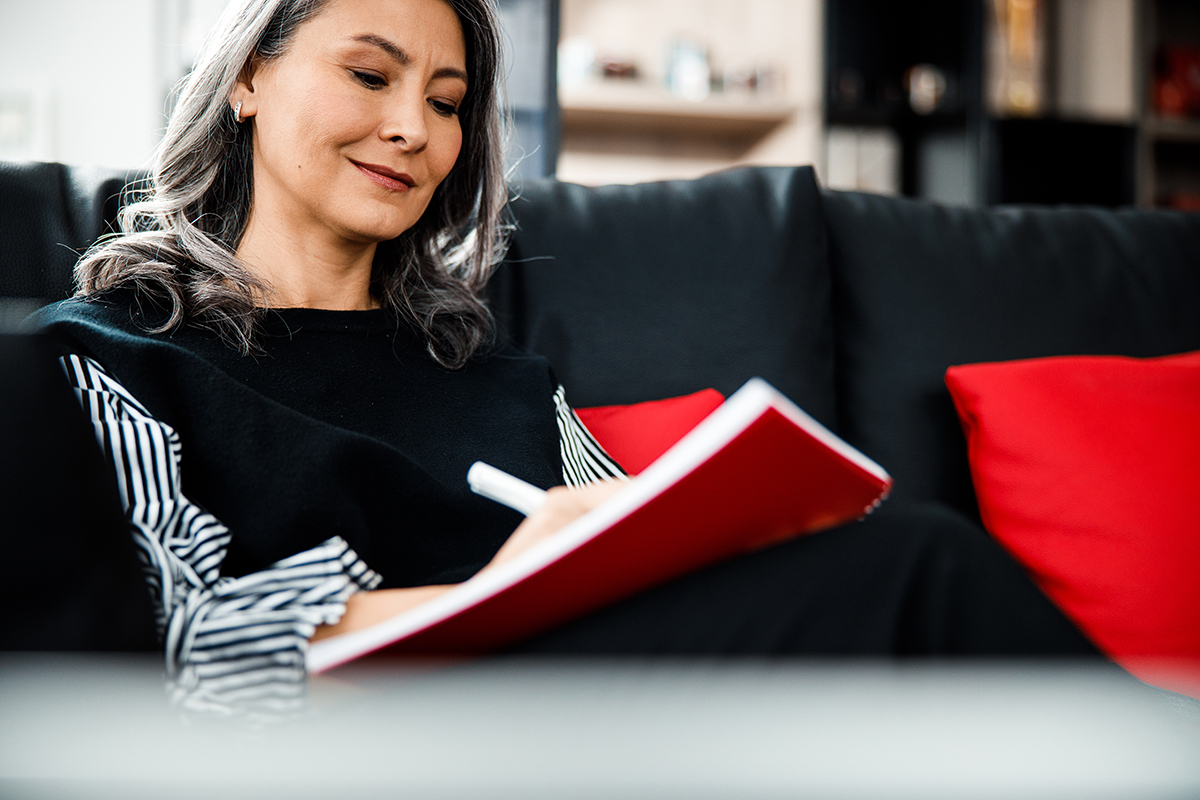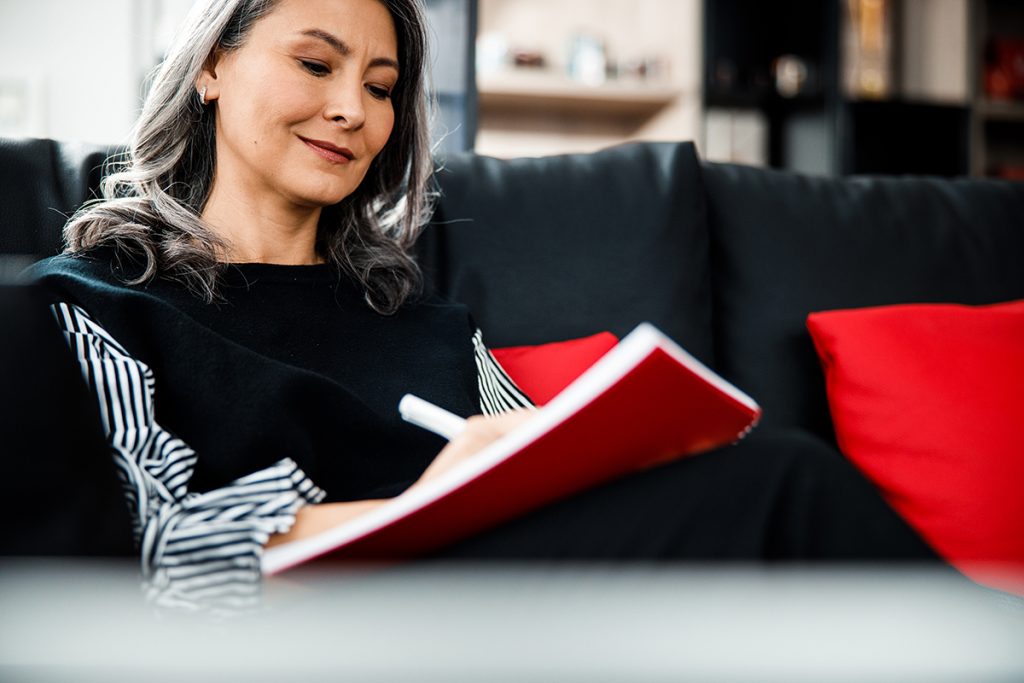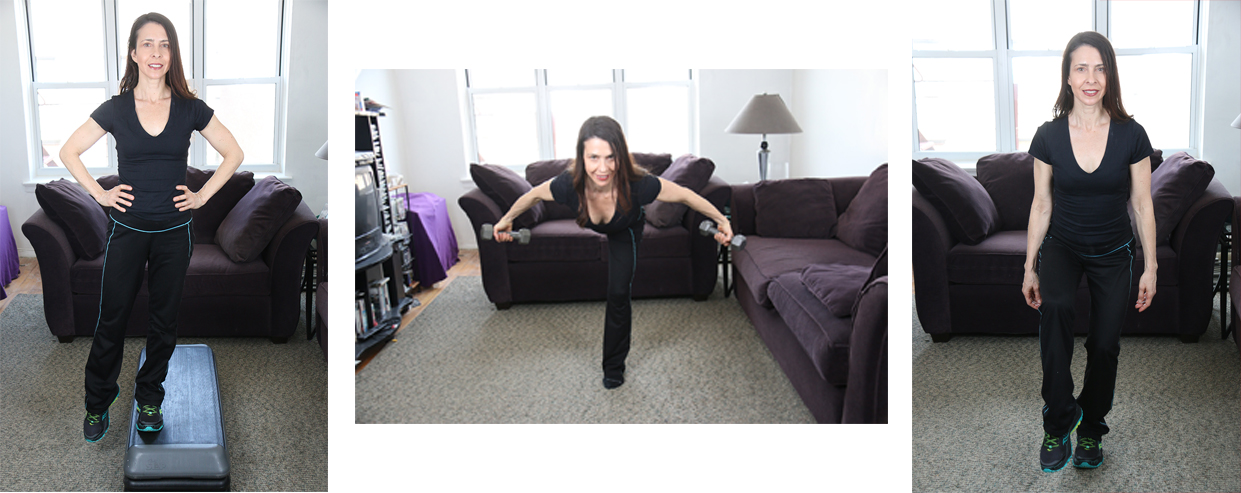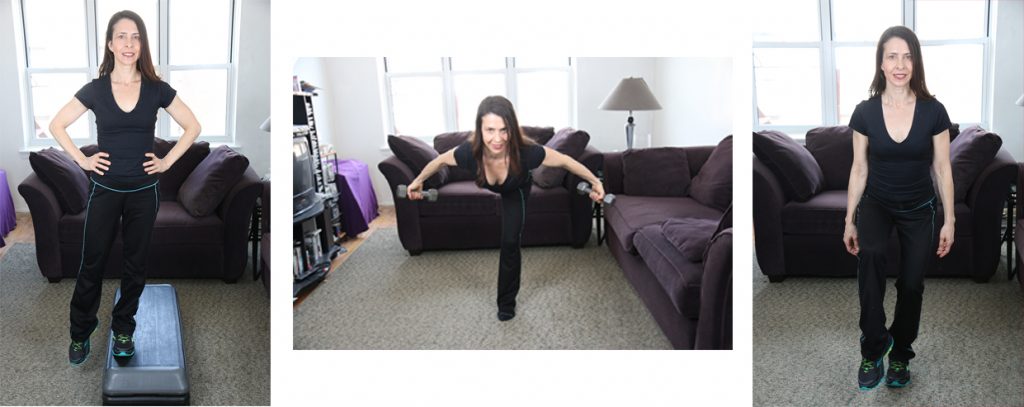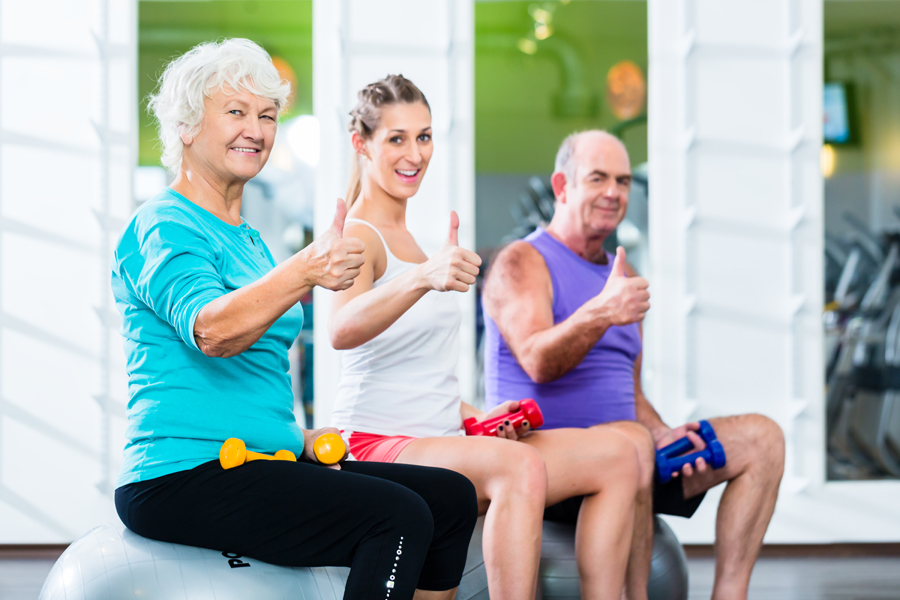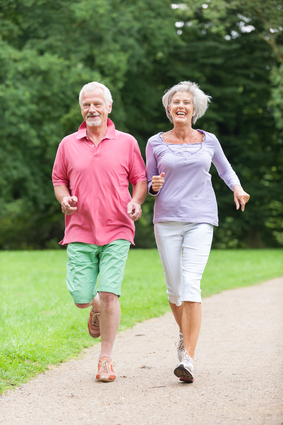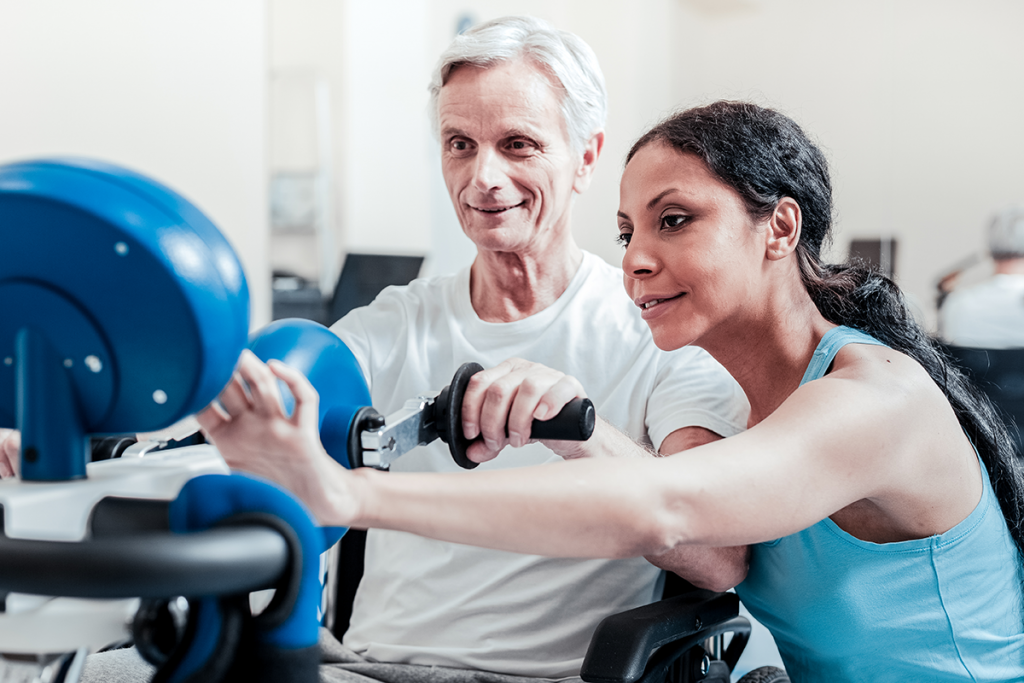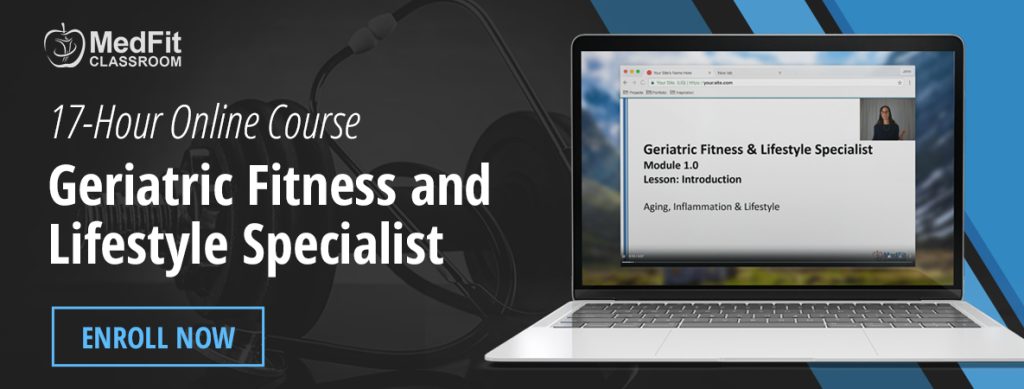Trainer Challenge of Stroke
A stroke is an obvious turning point in most survivors’ lives. In a best-case scenario, it can be as minor as a mild concussion. At worst, it is a disabling brain injury that leaves the person incapable of caring for themselves—or even breathing on their own. In any case, stroke clients can provide a significant challenge to a trainer wanting to help them, once medical care and primary rehabilitation has plateaued. This is especially true considering the variety of experiences a survivor can have, following a stroke.

